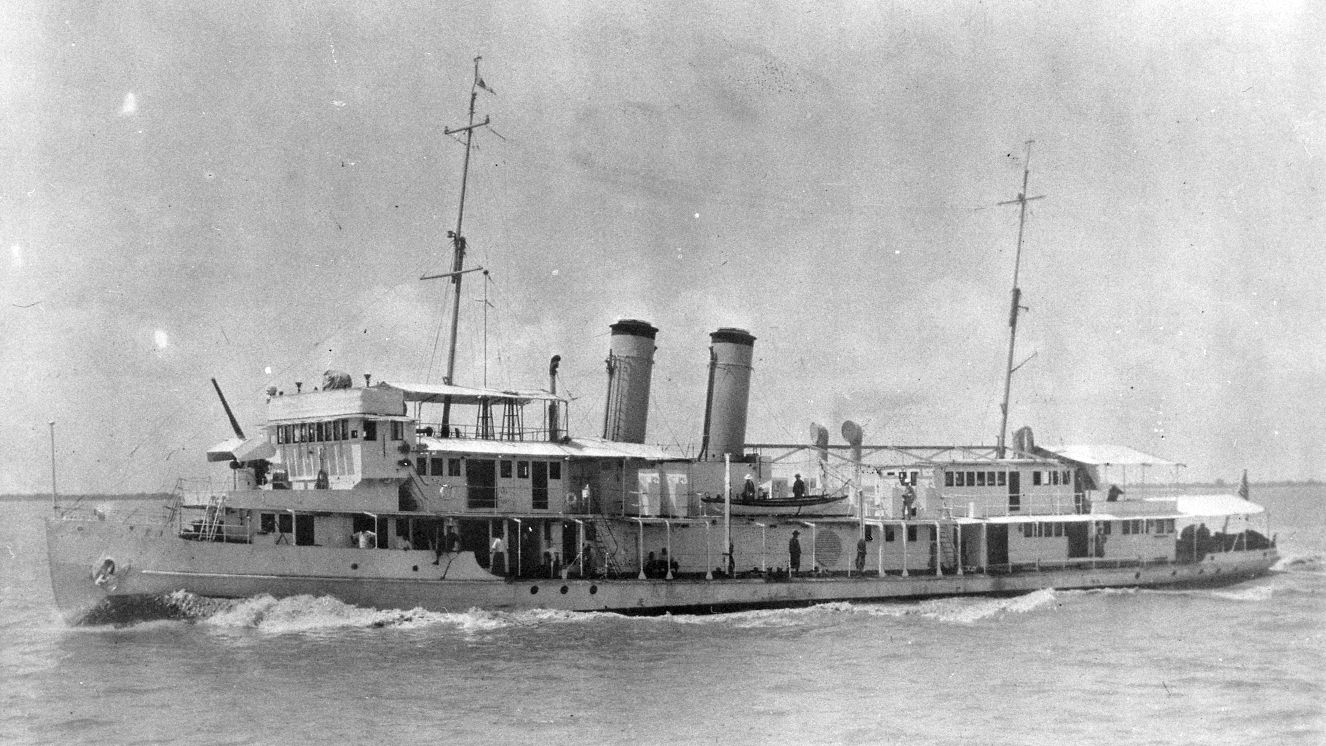REMEMBERING THE BATTLE OF VERDUN IS REVISITING 10 MONTHS OF HELL

The ongoing evolution of warfare has provided many different ways for mankind to kill itself. Some battles and wars are defined by these elements. In World War I, this would come to be through a mix of trench warfare and new weapons that relied on killing the enemy without regard to the effects on humanity. If anything shined the spotlight on these elements best, it was the Battle of Verdun. Despite the belief that new technologies, such as the flamethrower, could lead to victory for the Germans, the battle evolved from a quick victory into the longest battle we’ve ever recorded. Read next:Battle of Midway: 80 Years Since We Turned the Tide of WWII
Who Won the Battle of Verdun?
France would go on to win the Battle of Verdun, calling an end to the longest battle of World War I. Battle of Verdun casualties would reach well over 700,000, with more than 300,000 lives lost on each side. Both the German and French sides suffered mightily. Chief of Staff Erich von Falkenhayn ordered his men to attack Verdun, France, a fortress on the Meuse River. The idea was that France wasn’t as ready as British forces, and this could hopefully be a big enough blow to begin talks for peace. Part of the strategy came from the new technology the Germans planned to unleash. Its secret weapon, the flammenwerfer (flamethrower), was going to help the Germans, along with phosgene gas. But the battle would quickly develop into a stalemate, only intensifying casualties for the opposing forces. This meant stretching German forces farther as they dealt with other campaigns from Britain and Russia. After months of fighting, German Kaiser Wilhelm II would replace von Falkenhayn with Paul von Hindenburg. But the move did nothing to change the overall situation. Months would go by before the battle ended. In the end, France was able to recapture what was lost and capture enemy troops as prisoners before German forces gave up.
What Technology Was Used in the Battle of Verdun?
WWI would present a change in technology and showcase old ideals meeting new technologies. While trench warfare was still prevalent, newer inventions, including machine guns, grenades, flamethrowers, and artillery, would challenge these conventions. But there's a lot more to the technology of World War I, including new machines that helped with transport, airplanes, and new medical advancements. Radio was coming to life, there were new ways to communicate, cameras began being used, and so on. Overall, the Battle of Verdun and WWI as a whole would represent new types of warfare, techniques, and advancements that would be deployed in a number of battles, changing warfare as the world knew it.
The Longest Battle in History
The Battle of Verdun technology made war even worse, but the tenacity of the French meant that German forces never kept their objective. This would result in the Battle of Verdun lasting 10 months from February 21, 1916, until December 18, 1916.
Why Was the Battle of Verdun Important?
Looking back at the Battle of Verdun significance points to both moral and realistic victories. There were several things that came about because of the French victory:
- A strategic town was held, keeping Germans from advancing further.
- It was a morale booster to survive such a barrage and come out on top.
- The Battle of Verdun made German troops spread themselves thin across multiple fronts.
- This was one of the first real showcases of the power of modern artillery.
- Time was bought for other forces within the Allies, who would ultimately win WWI.
The Battle of Verdun helped save Europe and was a significant event. Through the harshest conditions, men kept fighting and emerged victorious. Suggested read:The Battle of San Jacinto Helped Shape America
Image: UIG/Getty Images
BY BUDDY BLOUIN
Buddy Blouin is a Contributing Writer at VeteranLife.com
Buddy Blouin is a Contributing Writer at VeteranLife.com



